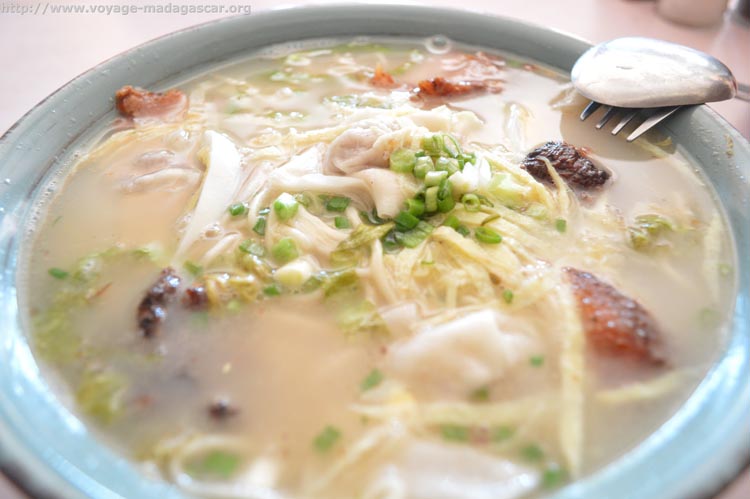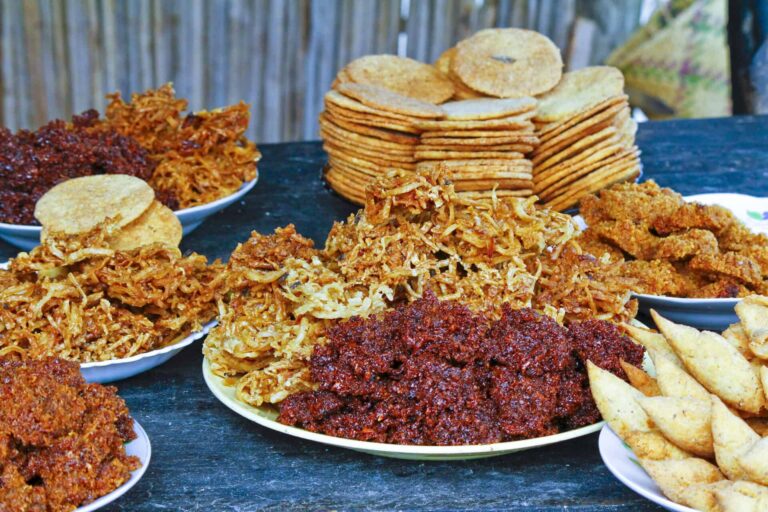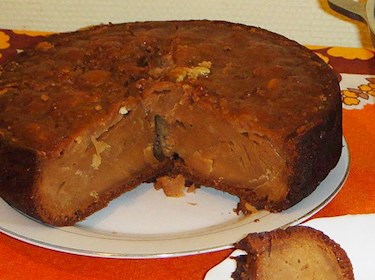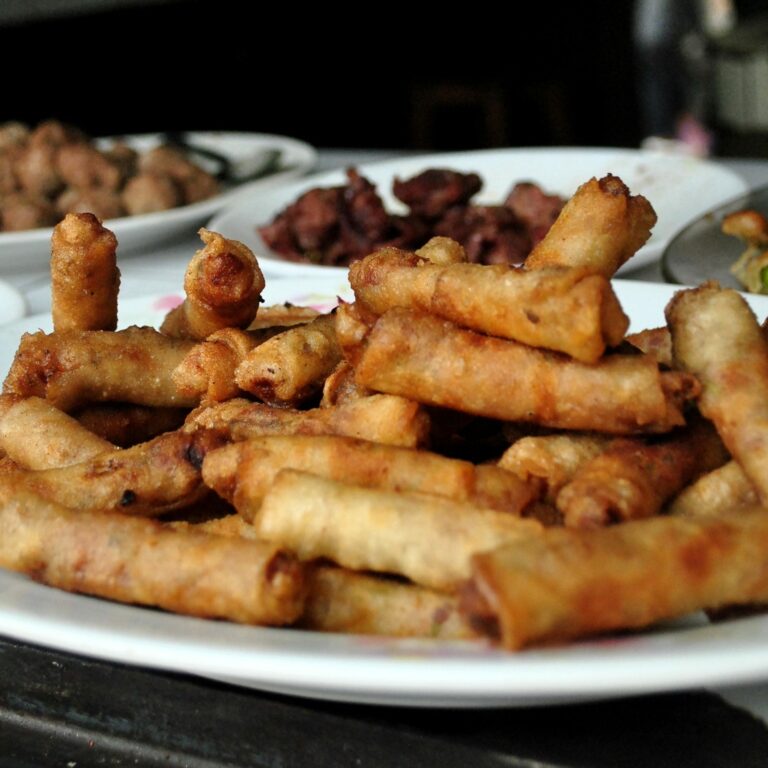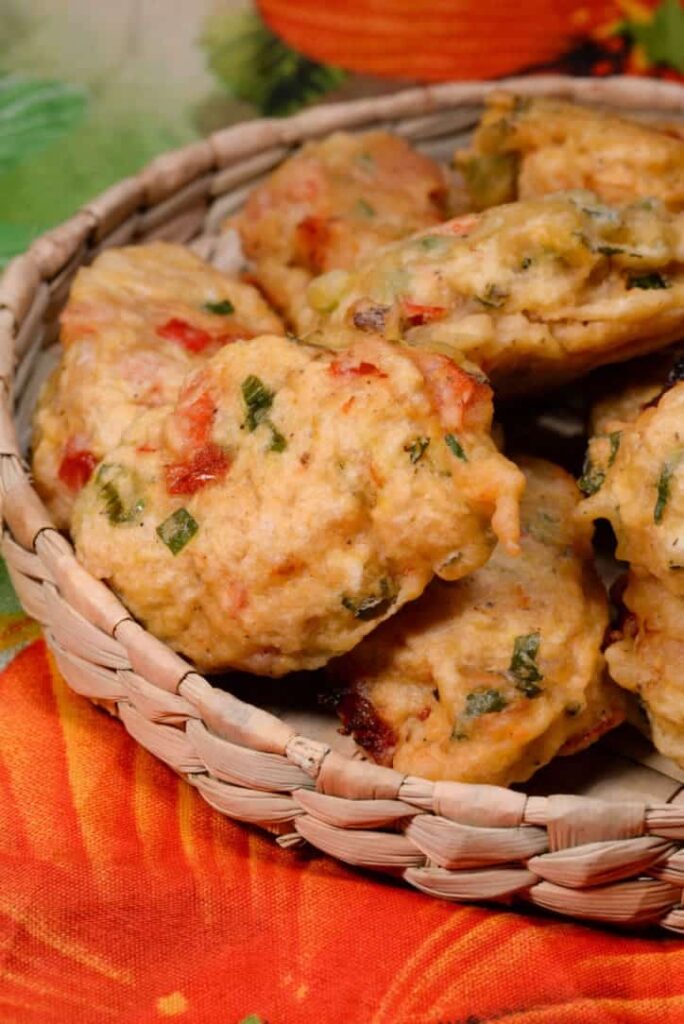Introduction: The Malagasy Breakfast
Madagascar, the fourth largest island in the world, is home to a unique and flavorful cuisine that is influenced by the island’s diverse cultures and natural resources. Breakfast, the most important meal of the day, is no exception. The typical Malagasy breakfast is simple, yet hearty and nutritious, and features the island’s staple food, rice, served with a variety of side dishes known as laoka.
Rice, the Staple Food of Madagascar
Rice is the foundation of the Malagasy diet and is consumed at every meal, including breakfast. It is usually served steamed or boiled, and is accompanied by a variety of laoka, which can be savory or sweet. Some popular breakfast laoka include koba, a sweet rice cake made with peanuts and banana, and vary sosoa, a savory vegetable dish made with green beans, carrots, and onions.
Laoka, Side Dishes for Breakfast
Laoka, which means side dish in Malagasy, is an essential part of any Malagasy meal, including breakfast. These dishes can be made with a variety of ingredients, including vegetables, meat, fish, and beans. Some popular breakfast laoka include ravitoto, a dish made with cassava leaves and pork, and saoka, a spicy tomato and vegetable dish. Laoka can also be served with a traditional condiment called sakay, a spicy chili paste that adds flavor and heat to any dish.
Coffee or Tea? The Malagasy Morning Beverage
Coffee and tea are the most popular morning beverages in Madagascar, and are often served with breakfast. Coffee is grown in the highlands of Madagascar and has a rich, full-bodied flavor. Tea is also grown on the island and is often served with milk and sugar. Some Malagasy also enjoy a refreshing glass of litchi juice, which is made from the island’s famous litchi fruit.
Street Food, the Fast Breakfast of Madagascar
For those on the go, street food is a popular option for breakfast in Madagascar. Vendors sell a variety of quick and affordable snacks, including hot rice cakes (mofo akondro), fried doughnuts (mofo gasy), and grilled meat skewers (brochettes). These snacks are often accompanied by a cup of coffee or tea and can be eaten on the run or enjoyed at a nearby park or beach.
Breakfast Etiquette, the Malagasy Way
In Malagasy culture, breakfast is a time for family and friends to gather and share a meal together. It is important to be respectful and polite at the breakfast table, and to wait for everyone to be seated before beginning to eat. It is also customary to eat with your hands, using the right hand only, and to take only what you can eat. When finished, it is polite to say “Misaotra” (thank you) to the host or cook.



